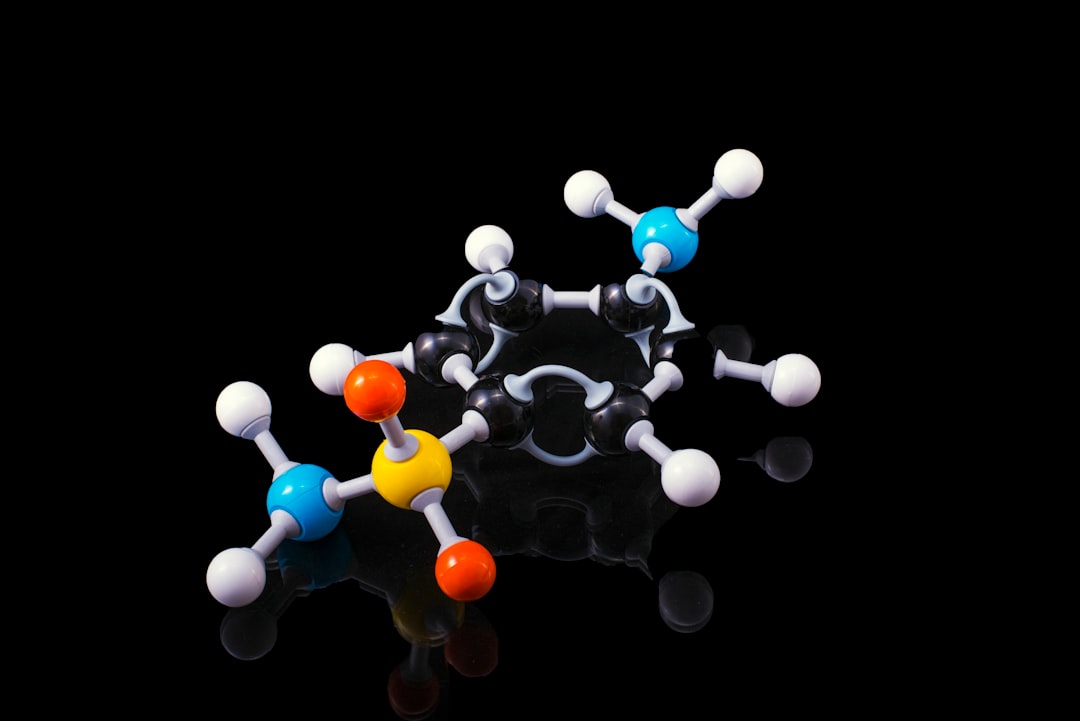What is it about?
This work presents a simple mathematical explanation of how the locust hind leg moves in the jump of the insect. It relates the mathematics to the actual physiology from the literature and show how this can be leveraged in the design of jumping robots or gliders.
Featured Image
Why is it important?
The comparison with actual biological parameters and their translation to a lumped element model is novel in this work.
Perspectives
It is important to see how our simplistic models, that often translate to even simpler engineering, relate back to the biological examples from which they take inspiration. This work extensively comments on the assumptions made when modelling the biology of locust jump. By doing so it opens to a better understanding of the design issued faced in bio-inspired design of hoppers and jump-gliders.
Dr Giuliano Punzo
University of Sheffield
Read the Original
This page is a summary of: Engineering the locusts: Hind leg modelling towards the design of a bio-inspired space hopper, Proceedings of the Institution of Mechanical Engineers Part K Journal of Multi-body Dynamics, August 2016, SAGE Publications,
DOI: 10.1177/1464419315624852.
You can read the full text:
Contributors
The following have contributed to this page










